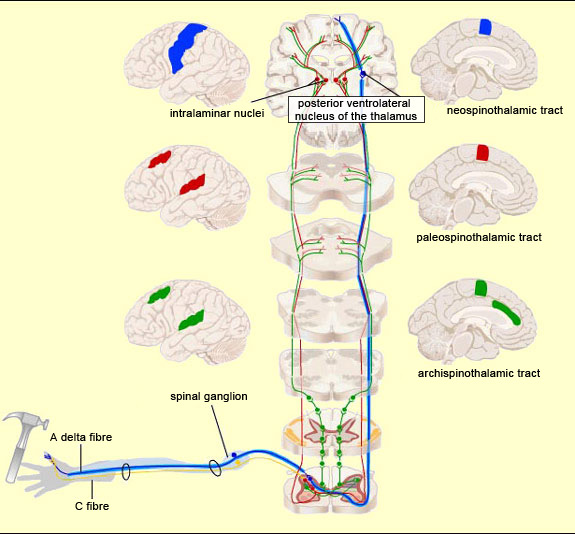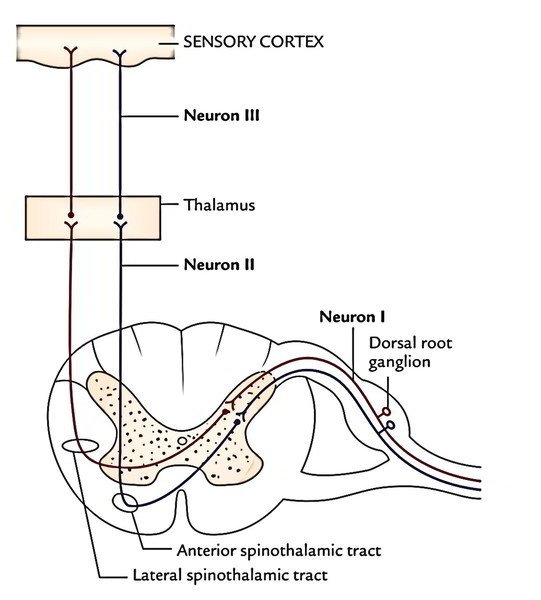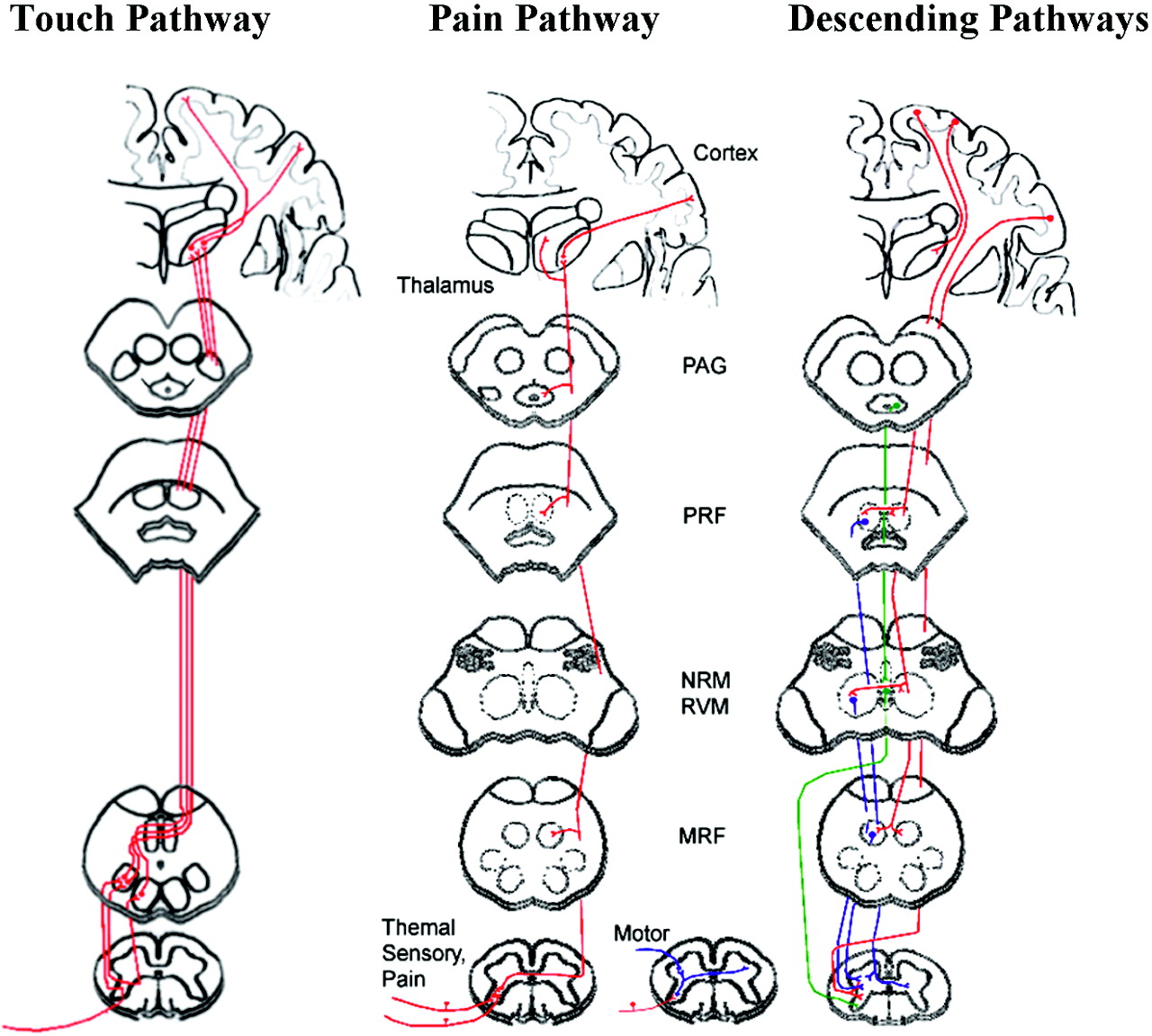

In summary, here, we aim to provide neuroscientists with the advice and background required when facing a choice on which neuroanatomical tracer-or combination thereof-might be best suited for addressing a given experimental design. Finally, it is without any doubt that we are currently witnessing the unstoppable and spectacular rise of modern molecular-genetic techniques based on the use of modified viruses as delivery vehicles for genetic material, therefore, pushing the tract-tracing field forward into a new era.


Furthermore, it is worth noting that multi-dimensional paradigms can be designed by combining different tracers or by applying a given tracer together with detecting one or more neurochemical substances, as illustrated here with several examples. Next, emphasis is placed on several classical tools widely used for retrograde neuroanatomical tracing purposes, where Fluoro-Gold in our opinion represents the best example. To keep an historical perspective, we start by reviewing one-dimensional, standalone transport-tracing tools these including today’s two most favorite anterograde neuroanatomical tracers such as Phaseolus vulgaris-leucoagglutinin and biotinylated dextran amine. Focus is placed on methods that have gone viral, i.e., became most widespread used and fully reliable. This paper provides a landscape view of classical and modern tools for tract-tracing purposes. During the past decades, the technical arsenal at our disposal has been greatly enriched, with a steady supply of fresh arrivals. Neuroanatomical tracing methods remain fundamental for elucidating the complexity of brain circuits.


 0 kommentar(er)
0 kommentar(er)
